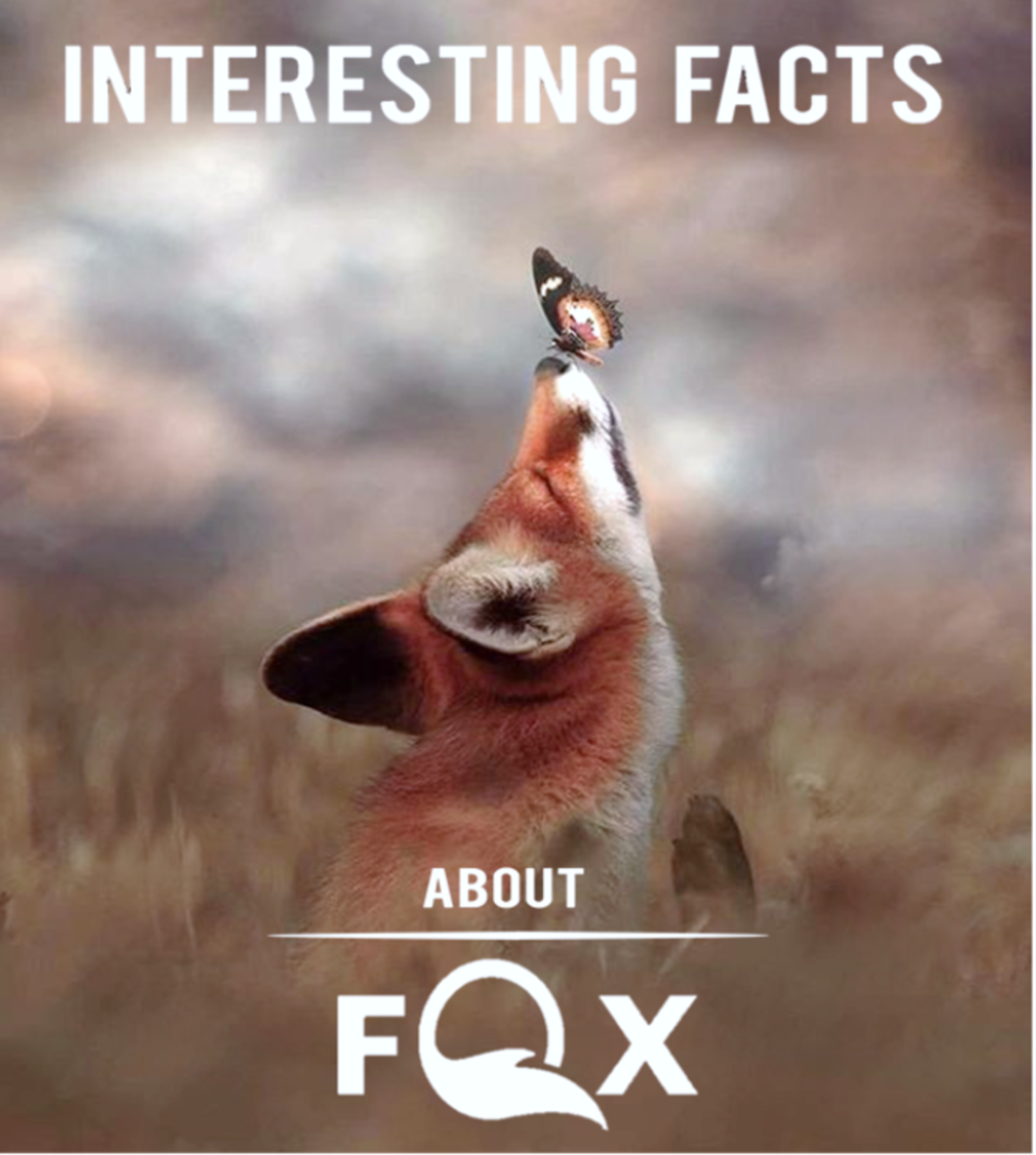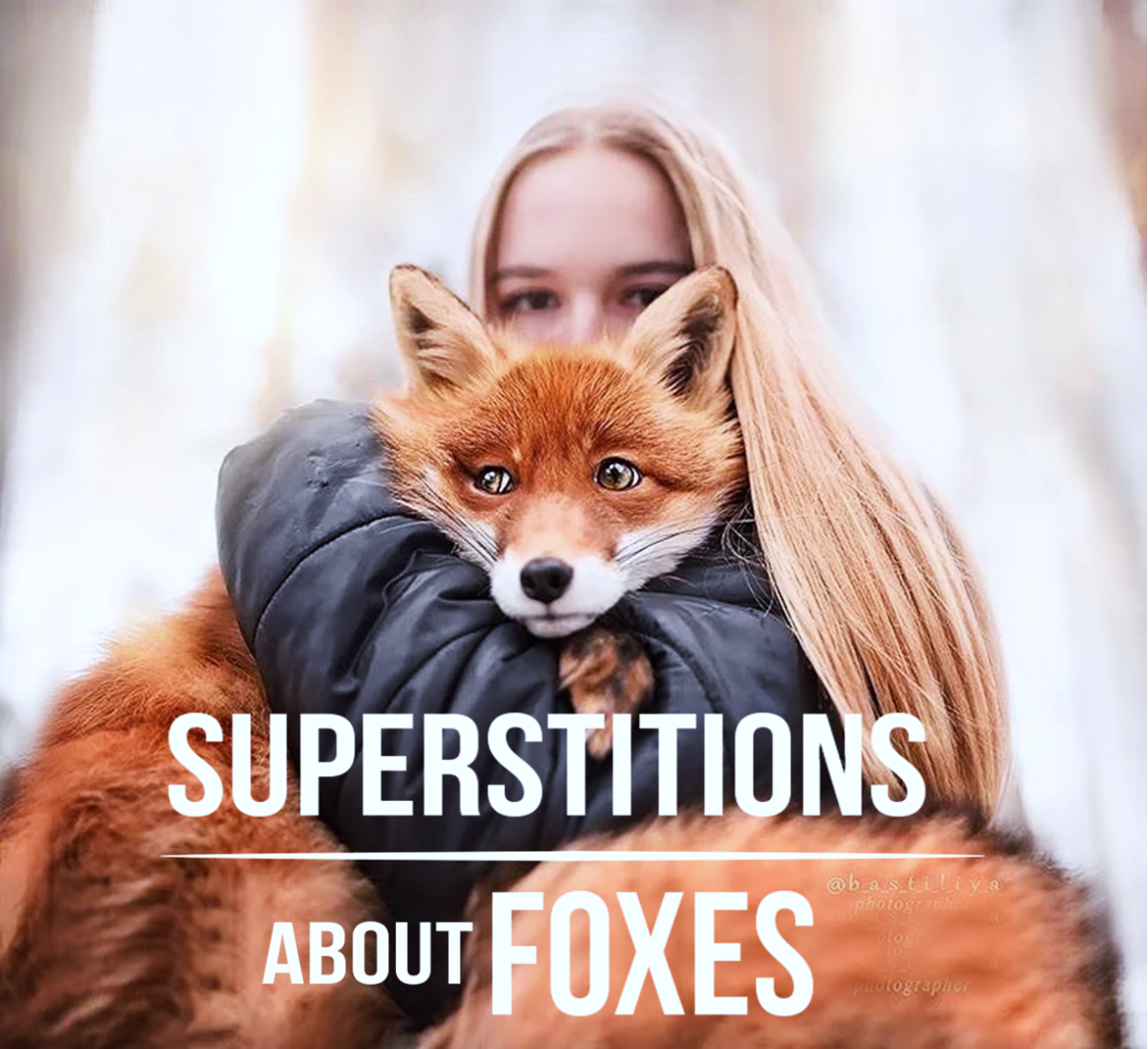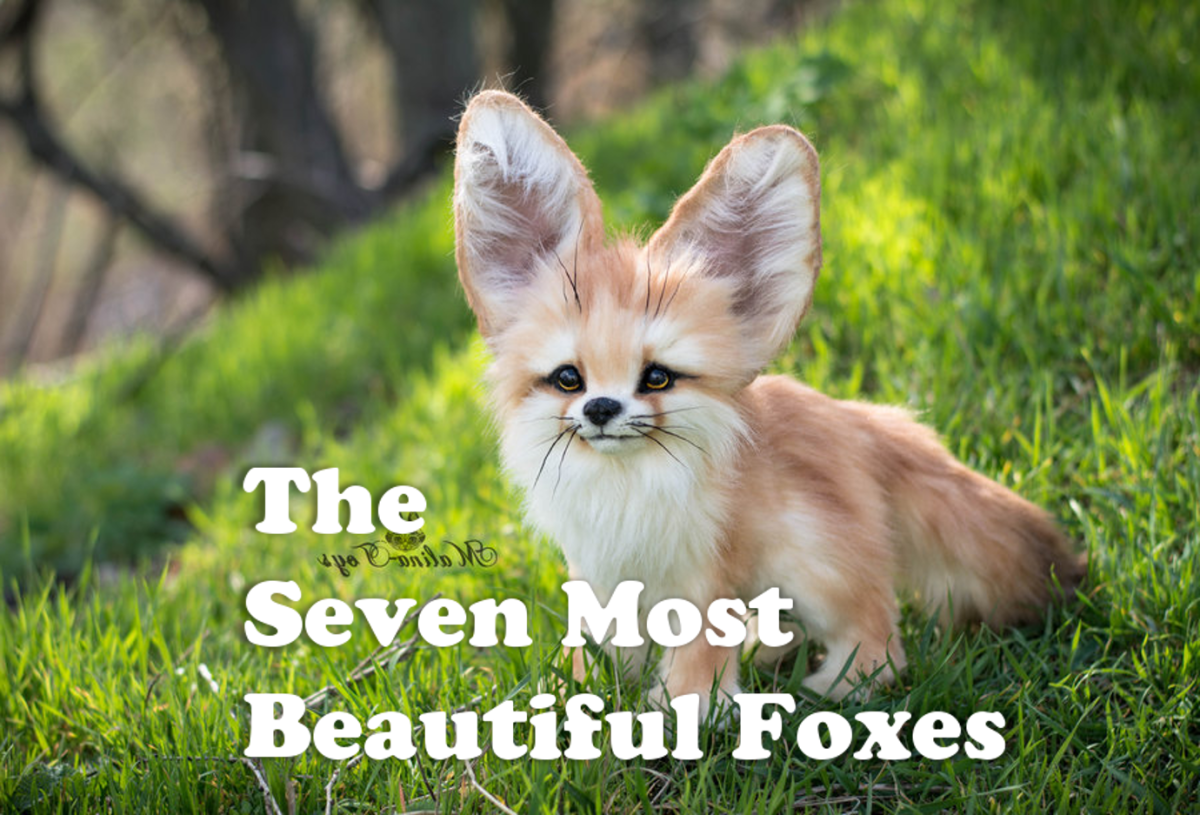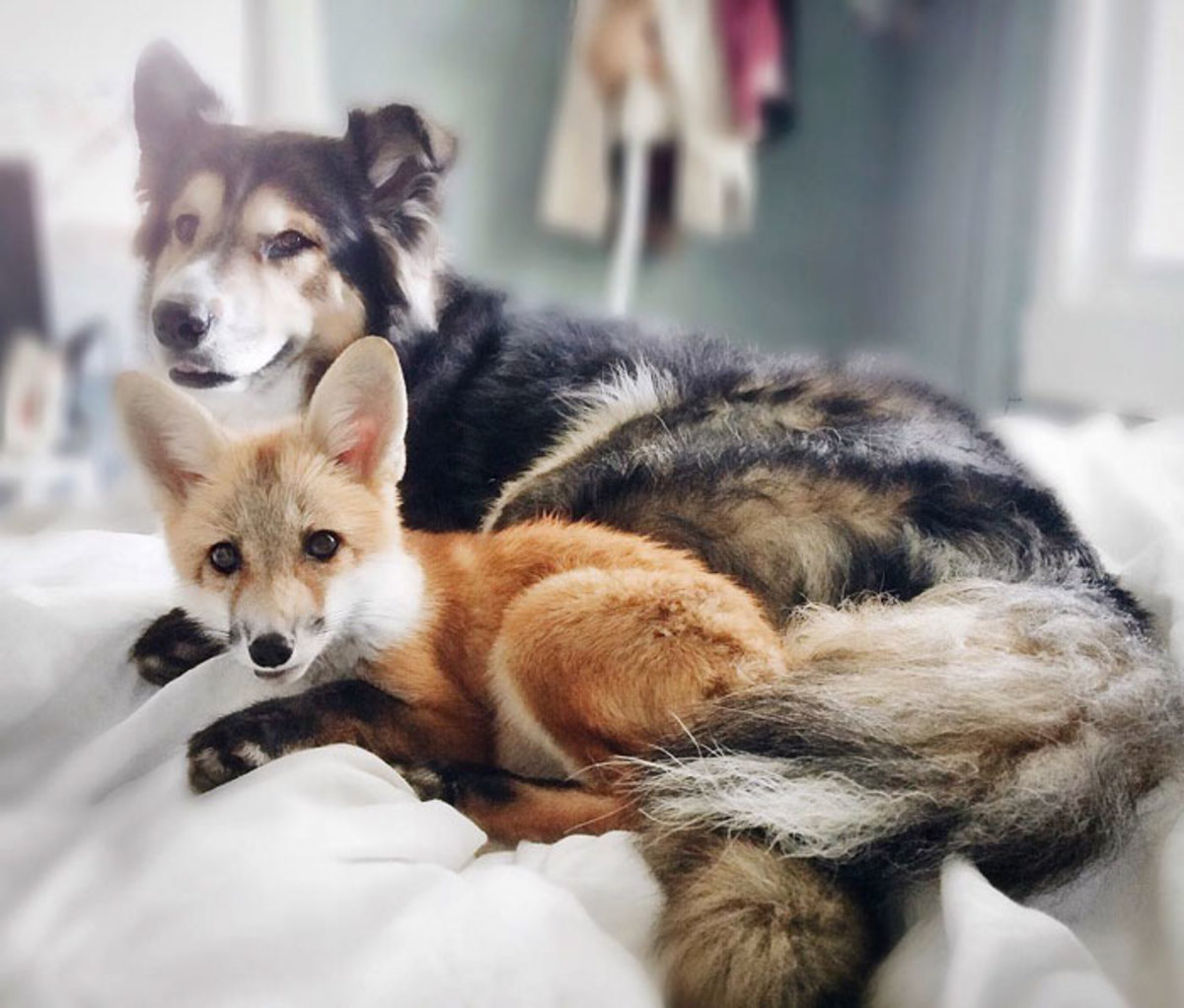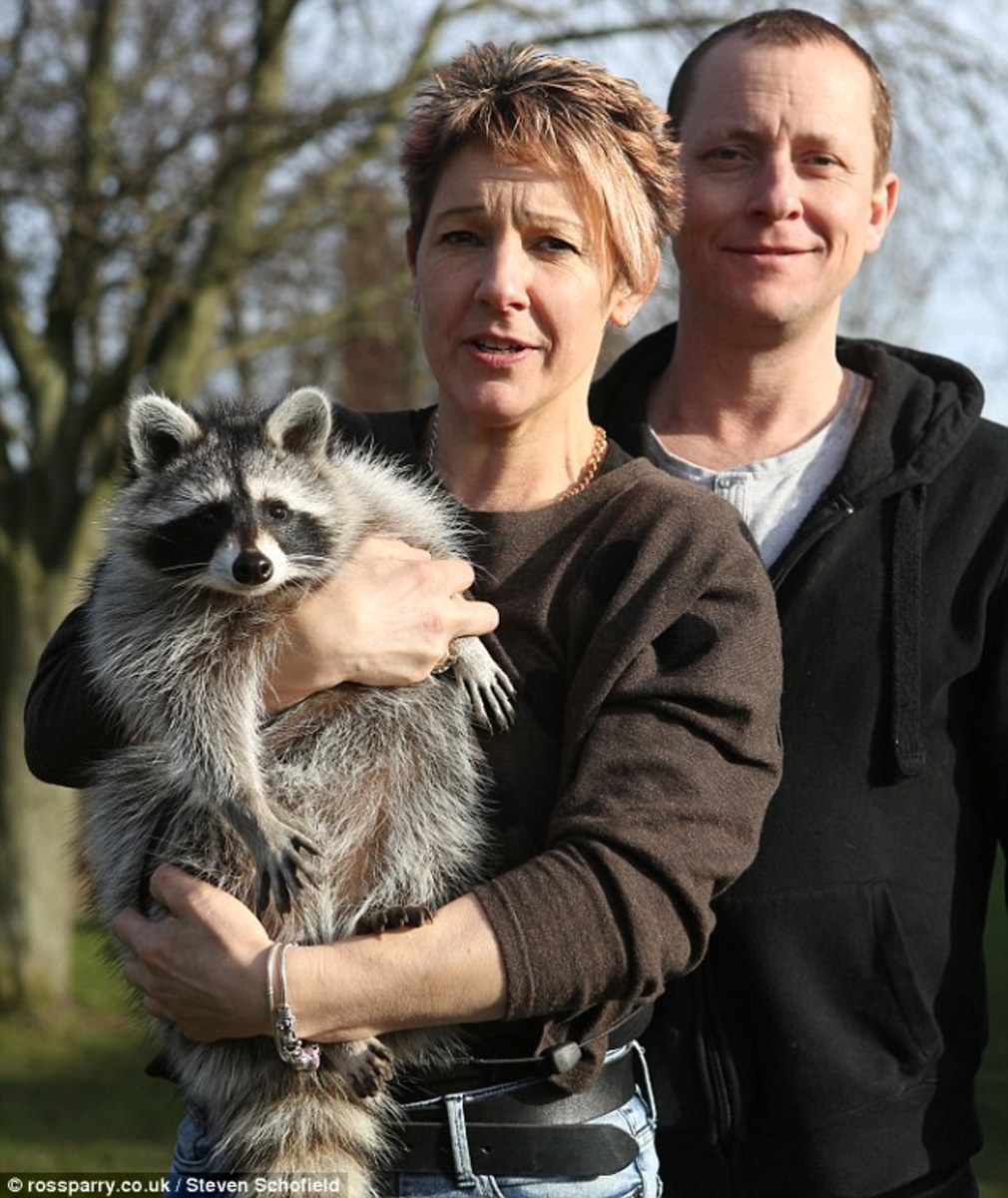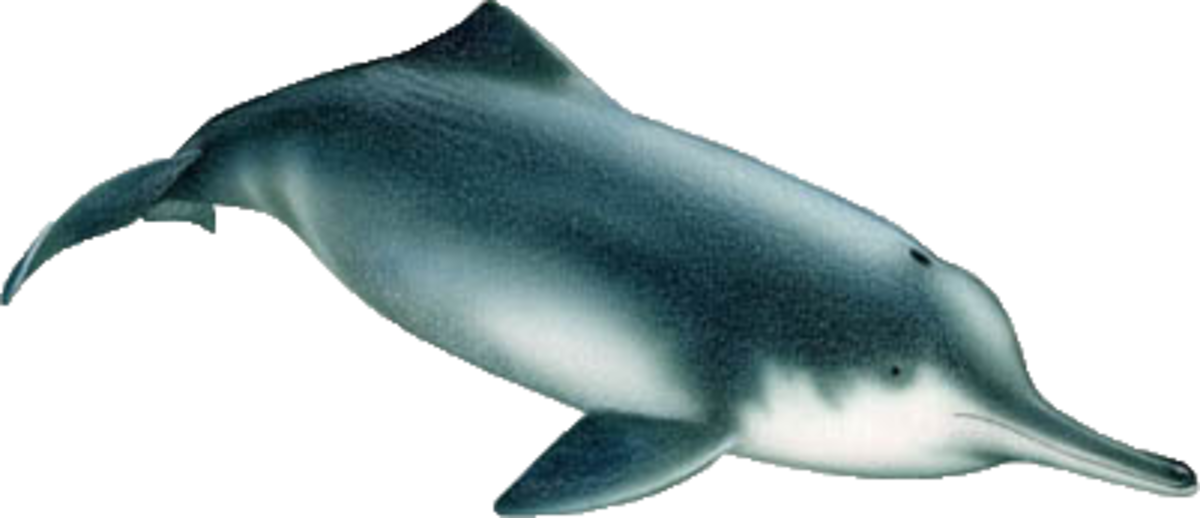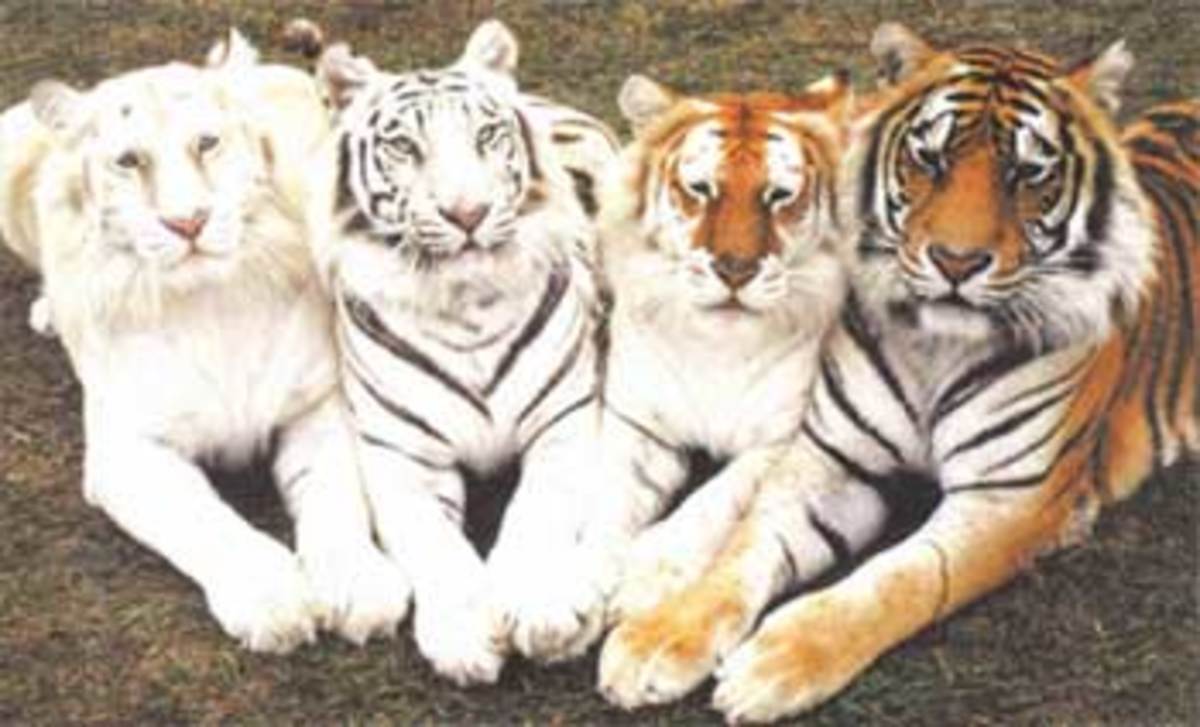- HubPages»
- Education and Science»
- Life Sciences»
- Endangered Species
Curious Facts About Foxes
"Have you ever seen a fox?" someone asked me this week. "In real life, I mean."
"Yes."
"In the zoo?"
"No. Out in the yard, outside Sword's school."
Sword was in kindergarten at the time. It was about six years ago. I was visiting the classroom, and the teacher, who was new to the school that year, was having trouble maintaining tight discipline. She kept enjoining everyone to be quiet and stay in their seats. Suddenly, one of the children cried out: "There's a fox!" Everyone ran to windows to look. Sure, enough, there was a fox wandering through the empty schoolyard.
The teacher had a very hard time getting everyone back in their seats. "Don't look!" she ordered. But many of the children continued to be drawn to the fox in the yard. I'll have to confess that I looked, too.
Who wouldn't? Foxes are inherently attractive. It's like magic!
Fox
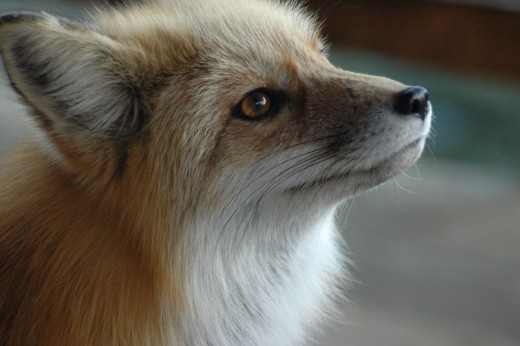
The Attraction to Foxes
Have you ever asked yourself why foxes are so beautiful? It may seem like a silly question, along the lines of "Why is the sky blue?" Or "why did They make flowers so pretty?"
But no question is really all that silly if you think about it. The sky is blue because most of the longer wave lengths pass straight through the gases in the atmosphere, but the shorter blue wavelengths get scattered. So that's why the sky looks blue to us. Flowers are pretty, because they have colors that are vibrant and contrast well with the green of the surrounding foliage, so they will stand out for bees and other insects that polinate them.
But foxes?! Why should foxes be attractive? Why are they not a browner or more mottled color, like jackals and hyenas? Or a darker brown or black like wolves? Why is there something in their facial features that seems so delicate and sweet that our heart just goes out to them? What evolutionary purpose does that serve?
Would a fox still be a fox if he looked different? Or is the way a fox looks part and parcel of how a fox behaves? Keep this question in mind, because we'll get back to it later.
The Reason I was Asked
The reason I was asked if I had ever seen a fox is that I recently published a children's picture book in verse, called In Case There's a Fox that featured my painting of a fox on the cover.
"So is that why you decided to write that poem and paint the painting?" I was asked. "Because you saw the fox?"
"No. Not really. I wrote the book a year before I saw the fox."
When we moved here, we were warned that it was a wilderness here. There were mountain lions, coyotes and bears. There might even be foxes. But the whole time we were on the lookout for foxes, not a single fox appeared.
Foxes are shy. Maybe there are foxes on my land, but they keep to themselves. They don't bother us, and we don't bother them.
It's actually in more urban environments that fox sightings are becoming more common, as man encroaches more and more on nature.
A Fox Hunts for Rodents
How Foxes Behave
Foxes are small to medium sized canids, smaller than a wolf, and often no larger than a domesticated cat. Their bushy tail and delicate nose are two of their most distinctive features.
Foxes are omnivores, but they prefer meat, and they love to hunt. Much of their diet includes invertebrates, but small rodents and voles are their favorite prey. They usually steer clear of humans, and attacks on human children are quite unlikely. Even in an encounter with a domesticated cat or dog, the fox will usually find that avoidance is preferable to confrontation.
Fox hunting rabbit
Foxes are Smart
Many make much of the fact that a fox is a wild animal, and that the wild lifestyle is the one that is most suited for a fox. While it is true that being penned in or bound or deprived of freedom would not be good for a fox -- and really who of us would want such a thing to happen to us? -- it is not true that foxes are inflexible or incapable of appreciating the finer points of civilization and technology.
Foxes are smart! Foxes are not simply given to behaviors that are inbred and hard-wired. They like to play. Their intelligence may have been granted to them so that they may be successful hunters, but once a creature has intelligence, its use is not limited to any particular purpose. While it is unlikely that a fox would build a trampoline on his own, when confronted by an existing trampoline, a fox knows just what to do!
Wild Foxes Know What a Trampoline is For
Red Fox Kits
All Babies are Beautiful
All babies are beautiful, and fox kits are no exception. But the fox continues to captivate us long after it is grown.
Foxes, in one form or another, are present throughout the globe and they have won a place in many cultures and literatures. One of my favorite poems about a fox is Le Corbeau et le Renard by La Fontaine. I first read it when I was ten years old and beginning to study French.
Maitre Corbeau et Maitre Renard
Le Corbeau et Le Renard by Jean de la Fontaine
Maître Corbeau, sur un arbre perché,
Tenait en son bec un fromage.
Maître Renard, par l'odeur alléché,
Lui tint à peu près ce langage :
"Hé ! bonjour, Monsieur du Corbeau.
Que vous êtes joli ! que vous me semblez beau !
Sans mentir, si votre ramage
Se rapporte à votre plumage,
Vous êtes le Phénix des hôtes de ces bois."
A ces mots le Corbeau ne se sent pas de joie ;
Et pour montrer sa belle voix,
Il ouvre un large bec, laisse tomber sa proie.
Le Renard s'en saisit, et dit : "Mon bon Monsieur,
Apprenez que tout flatteur
Vit aux dépens de celui qui l'écoute :
Cette leçon vaut bien un fromage, sans doute. "
Le Corbeau, honteux et confus,
Jura, mais un peu tard, qu'on ne l'y prendrait plus.
Children love to recite the poem by La Fontaine
In Case There's a Fox
Is It Okay to Write for Children About Foxes in Verse?
Those who abhor metrical poetry will tell you that it is old hat, and that it doesn't appeal to the masses. They claim that poems without meter are more accessible. But when was the last time you saw a child, or anyone else, reciting a non-metrical poem about a fox? Or about anything?
Never. It just doesn't work. Foxes are beautiful, and meter flows. It's just impossible to memorize the modern kind of poem. It would be like substituting a poodle for a fox.
Why the fox looks as he does
So now we come to the crux of the matter: is there some functional reason why a fox looks as he does? Or is everything that makes him attractive to us purely decorative? Does nature give beauty for no reason? Could the fox discard his appearance and still be a fox?
Science has the answer. In one word: pleiotropy. This means that certain genes carry information about more than one feature of an animal's physiology or behavior. When the fox was domesticated in Russia, the traits that were selected for were those that allowed foxes to live among humans, chief among them a "low flight distance". In other words, foxes who are tame are foxes who do not want to run away. These were mostly behavioral traits, but these behaviors had inescapable correlates also in matters of appearance. After a forty-five year domestication project, the foxes started to look like dogs -- just as they began to behave like dogs.
Instead of the bushy tail of the wild fox, the domesticated Russian foxes began to exhibit raised or curling tails that wagged when they were happy, floppy ears and color and odor changes. Apparently, the gene for "tameness" (low flight distance), also coded other more external traits for anatomy and looks.
In Case There's a Fox Cover

Conclusion: The Beauty of the Fox is More than Skin Deep
Scientists now know what many conservationists deny: that it did not take tens of thousands of years to domesticate the dog and that the difference between wild and domesticated animals is a matter of selecting for certain key traits. All the other, more physiological differences between a wild canid and a domestic one are something that comes coded with the character traits that are necessary for domestic life.
Beauty is not skin deep. Beauty is the ability to live free and wild expressed in an external display of internal characteristics. Sometimes you can judge a book by its cover. We are drawn to the fox, because we, too, would like to be wild and free!
(c) 2010 Aya Katz
Books by Aya Katz
Related Hubs
- In Case There's a Fox | PubWages
In case There's a Fox is a children's picture book by Aya Katz. - The Unknown Fox Cousins Of Red Foxes
Red foxes are well known to most people, especially here in the United States, even if they aren't an animal we see everyday. What isn't thought about much, is the fact that they are wild relatives of the... - How to fox proof your chicken coop
If you've ever had a fox attack your chickens before, you'll no doubt be very keen to make sure your current chicken coop is fox proof. It is absolutely devastating to find your pet chickens after a fox...


